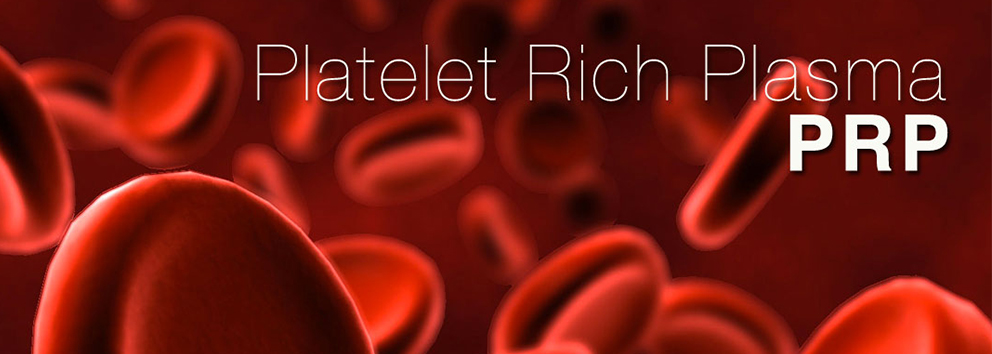
Platelets are small cell fragments present
in the blood. They are formed in the bone
marrow. When an injury occurs, the
platelets gather at the injury site to release
special proteins and various growth
factors. PRP is a concentration of these
platelets, proteins, and growth factors.
New research has indicated that
administration of PRP to the injury site may
promote faster and more comprehensive healing.
Healing after an injury involves a well-orchestrated
and complex series of events where proteins in the
blood act as messengers to stimulate and regulate
the healing process. Many proteins directly involved
in this process are derived from platelets.
They are formed in the bone marrow and are freely
passing through the bloodstream. When an injury
occurs, the platelets become activated and start to
gather at the injury site to release beneficial regulatory
proteins and growth factors. This is the beginning
of the healing process.
The use of platelet rich plasma has created growing
interest for its use in orthopedics and sports medicine
procedures. New research and technology has
expanded the application of this therapy for use
during the intraoperative as well as the postoperative/recovery phase.
PRP Indications:
PRP stimulates the body’s natural ability to heal. It
can be used in any stage of your treatment and
recovery. PRP can be used as an effective and natural
alternative to oral medications or steroid injections.
There are indications for its use during certain
procedures such as rotator cuff surgery and ACL
reconstruction. It can also be used as a postoperative
recovery tool to accelerate your healing.
.
ACL Reconstruction
.
Meniscus Repair
.
Rotator Cuff Injuries and Surgery
.
Tendonitis
.
Osteoarthritis (Knee and Shoulder)
.
Muscle Strains and Tears
.
Joint Pain
.
Neck & Back Pain
PRP Procedure:
In the office setting, your healthcare provider will
obtain a small amount of blood using sterile technique.
The blood is placed in a centrifuge to separate
and concentrate the platelets and growth
factors. This usually takes approximately 20
minutes. The PRP is then injected to the area of
injury using a small gauge needle. A period of rest
for 10-14 days and the discontinuation
of anti-inflammatory medications may be
advised.
PRP Results:
Many studies of individuals with sports related injuries have confirmed significant
improvement in pain, function and healing time with PRP
injections after an injury.
Results vary from individual to individual. Some patients
experience increased benefit from multiple injections.
What you should know:
PRP uses natural properties of your own body to treat
your injury. Side-effects utilizing PRP systems are
very uncommon.
PRP was first introduced in the 1970's however, the
FDA and many insurance companies still consider
PRP experimental and deny coverage. Risks include
infection, increased temporary pain and swelling,
bruising and recurrent symptoms. No risk of disease
transmission has ever been reported.





